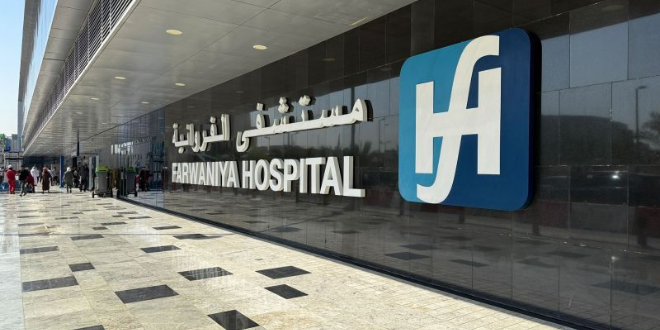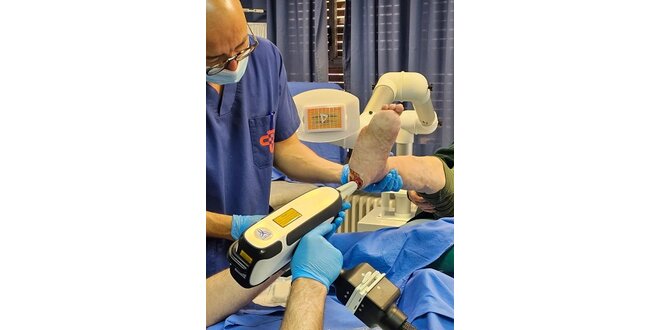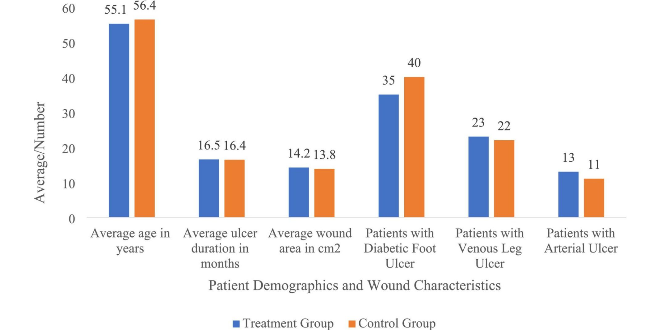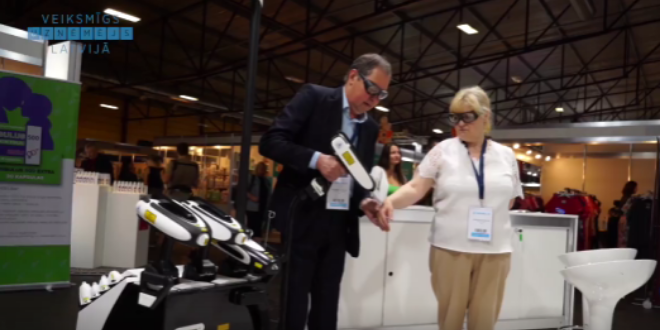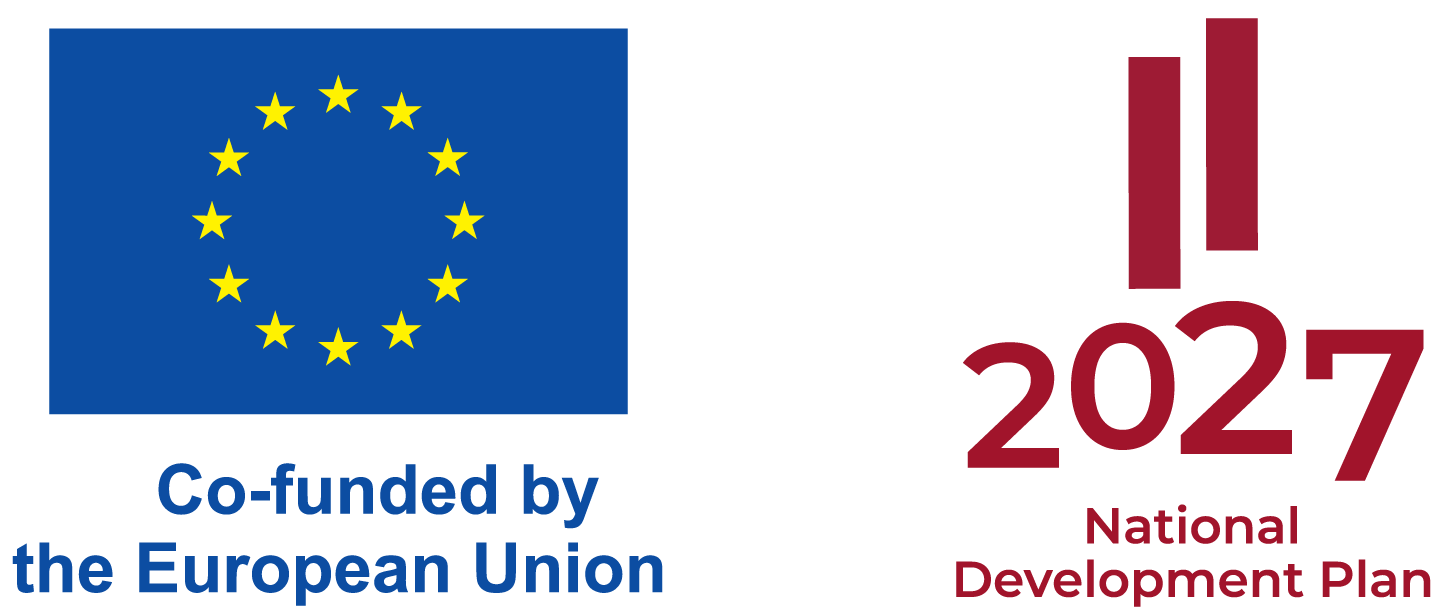Airway / Bronchoscopy: 3-Wave LINLINE™ Laser Scalpel
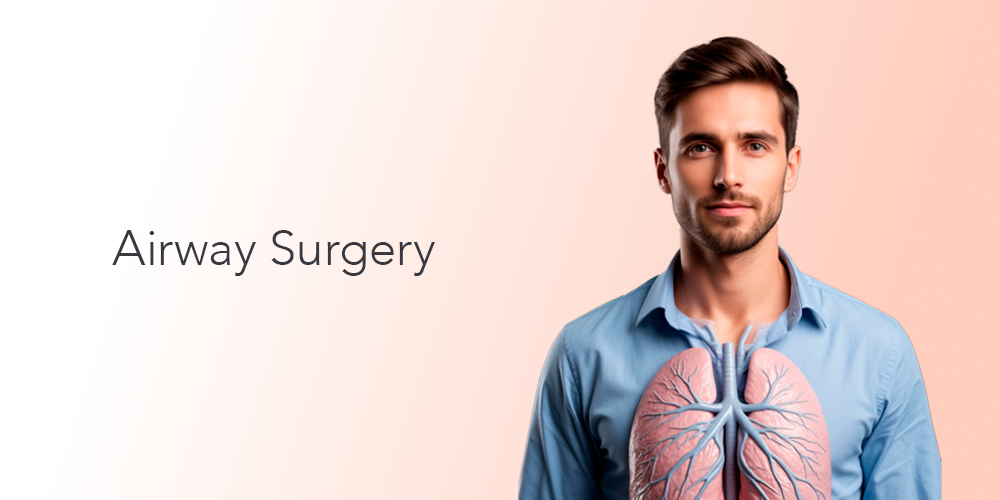
High-frequency pulsed, fiber-delivered contact/standoff surgery (1,079 / 1,340 / 1,440 nm) for airway soft tissue — office transnasal, non-incisional option included
MULTILINE™ brings three surgical wavelengths—instantly swappable on the same working fiber—to airway work. Unlike diode systems commonly used continuous-wave (CW), LINLINE delivers high-frequency pulsed energy so tissue cools between bursts, limiting lateral heat and char while preserving speed and visibility.
- 1,079 nm (Nd-based): precise contact dissection with reliable coagulation (“laser scalpel”).
- 1,340 nm: water-coupled cutting/coag on hydrated mucosa with less surface char than a sharper 1,079-nm pass.
- 1,440 nm: strong wet-field hemostasis and controlled coagulative debulking in highly hydrated tissue.
Er:YAG (2940 nm): superb for char-free superficial ablation where you have direct line-of-sight (handpiece). It is not fiber-deliverable and therefore not used intraluminally.
Typical indications
- Benign endoluminal lesions (e.g., papillomas), granulation at tracheostomy/stent sites.
- Subglottic/tracheal stenosis (post-intubation, incl. post-COVID) — office transnasal, non-incisional laser remodeling (see protocol below).
- Small webs and mucosal bands (adjunctive shrink/release in selected cases).
- Focal mucosal oozing/hemostasis in tight corridors.
- Palliative soft-tissue debulking (surgeon-selected).
Wavelength map at a glance
1,079 nm — “sharp” behavior
Low-angle, short bursts for precise trimming; micro-touches for stubborn fronds.
1,340 nm — balanced coag on moist mucosa
Gentler surfaces, less char; great for contouring after initial shrink.
1,440 nm — wet-field control
Rapid hemostasis and coagulative shrink where visibility is at risk.
Instant swap, same fiber: tame oozing with 1,440, smooth with 1,340, finish edges with 1,079—no fiber change mid-case.
Technique notes (fits both office and OR)
- High-frequency pulsed bursts: brief activations let tissue cool → less char/sticking, clearer view.
- Distance = built-in “power dial”:
• 0.5–3 mm standoff → spot enlarges, irradiance drops → soft coag/shrink.
• Light contact → energy concentrated + conductive coupling → decisive cut/coag.
Move the fiber tip closer to or farther during a pulse train to fine-tune without changing settings. - Fiber care: treat as a precision optic; avoid bends/impacts; keep tip clean.
Post-intubation / post-COVID subglottic–tracheal stenosis
Approach: Transnasal flexible endoscopic laser therapy via the nose. No anesthesia used in our series (patients tolerated well); apply topical only if clinician deems necessary. No smoke evacuator used (minimal plume with pulsed, low-tissue load), though standard suction can be on standby per clinic policy.
Key takeaway
The 3-wave LINLINE™ laser scalpel enables office-based, transnasal, non-incisional treatment of benign tracheal/subglottic stenosis using high-frequency pulsed energy. With selective micro-touches, clinicians can open the airway efficiently and cleanly—no anesthesia, no smoke evacuator, no incisions.





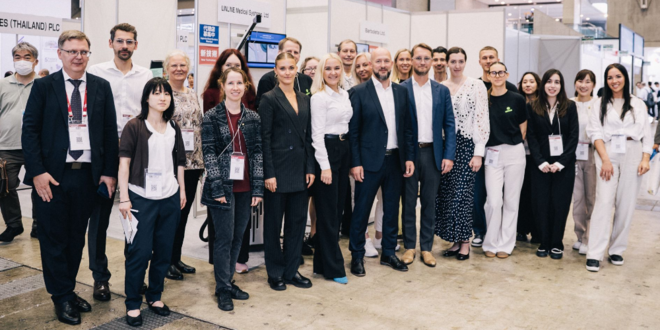
 06.10.2025
06.10.2025